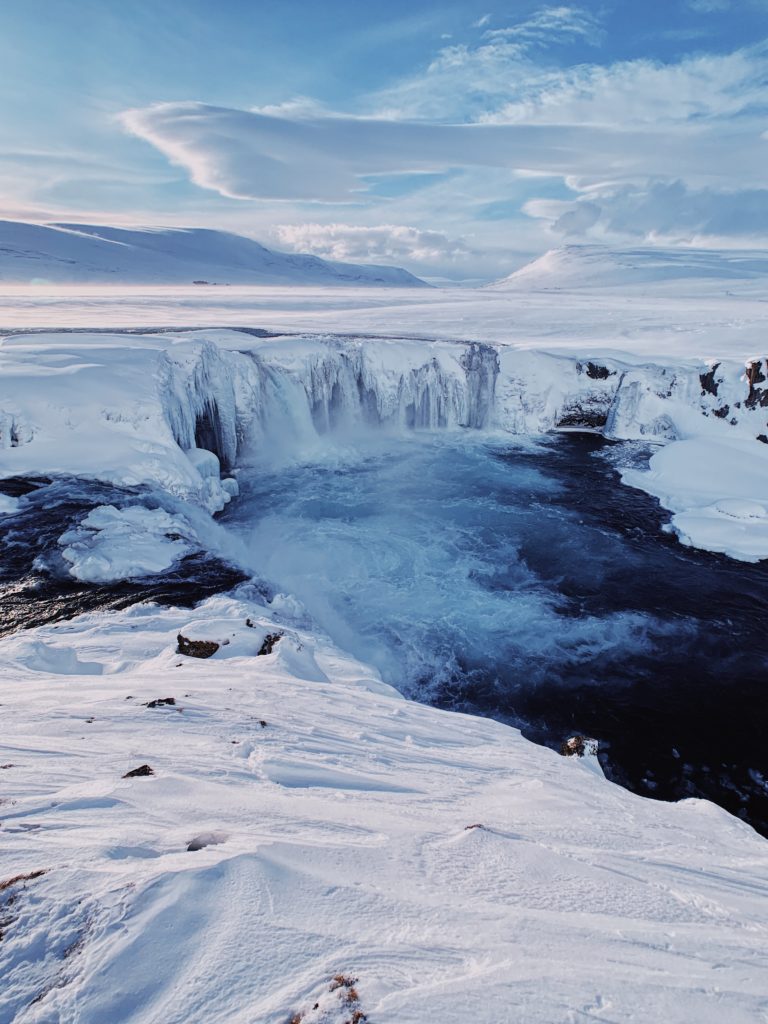Every fraction of a degree of increased warming results in new, and raised threats to our environment and health. As temperatures rise, our weather is becoming more extreme; affecting food production, water security, and community safety. Climate change is also increasing the spread of many infectious diseases and invasive species.
What’s happening?
A human pathogen is a microbe or microorganism – such as a virus, bacterium, or fungus – that causes disease in humans. Over half of known human pathogenic diseases have been aggravated by climate change impacts like higher temperatures and increased rainfall. As we discovered with COVID-19, the rapid spread of pathogenic diseases can cause drastic societal disruption. This affects us all, but the impacts are felt hardest among poorer and more vulnerable communities.
Why this is serious:
A warming and less stable climate increases disease rates, particularly by bringing people and disease-causing organisms closer together. Notably, higher temperatures and increased rainfall have expanded the range of mosquitos and contributed to outbreaks of dengue fever and malaria. Heatwaves also draw people to more water-related activities and have led to a rise in cases of waterborne illnesses such as gastroenteritis. Storms, sea level rise and floods force mass evacuations, may contaminate freshwater supplies, and have been implicated in outbreaks of cholera and typhoid fever. A research article published by Nature recently listed more than 1000 ways in which increases in climatic hazards have upped disease risk. Climate threats also make some existing pathogens more virulent or boost their transmission. For example, high temperatures increase the survival and biting rates of mosquitoes carrying West Nile virus.
Added dangers:
Climate change-induced hazards such as heat also weaken people’s ability to cope with infections by worsening factors such as mental stress, lowered immunity and malnutrition.

A Pandora’s box
There’s also the possibility of ancient diseases being unearthed in melting permafrost. Genetic analysis of an anthrax outbreak in the Arctic suggests that the bacterial strain may have emerged from an animal carcass unearthed when the frozen ground thawed. Researchers are just beginning to understand the dangers in this field.
Impacts on our environment and key industries like farming
Climate change impacts our native flora and fauna and our agricultural industry through the increased spread of disease and invasive species.
Australia is classified as one of just 17 megadiverse countries in the world, and invasive species are one of the key threats to Australia’s biodiversity. Australia is home to more than 600,000 species, many of which are not found anywhere else in the world. Climate change can facilitate invasive species spread by putting additional stress on native ecosystems and leaving them vulnerable, as well as altering species hierarchies.
Invasive species are bad news for Australia’s agricultural industry and our native species. In fact, we’ve lost more than 100 native species, and a further 1770 are currently threatened or endangered. This is not good news for our agricultural industry, either, as research suggests warmer climates due to climate change will encourage invasive species growth, such as allowing pests that typically die back during winter to survive throughout the entire year. The US Food and Agricultural Organization estimates that up to 40% of global crop production is lost annually due to pests. Each year, plant diseases cost the global economy over USD $220 billion with invasive insects costing at least USD $70 billion.
On top of all of this, invasive species also harm our clean air, water, food, and the resilience of our environment to drought, bushfires, floods and a changing climate.
The climate and our safety are changing rapidly as a result of human activities, driven by the burning of fossil fuels like coal, oil and gas. We are already witnessing the impacts of this on our environment, health, economy and communities. These effects will continue to accelerate without a swift move towards zero emissions.